Becton Dickinson (BD) has been manufacturing syringes for more than a century. Leaders in the industry, it is very likely that the doctor’s and veterinary offices that you visit use the BD brand. Recently, BD has introduced two new pet syringes for U-40 with half unit markings, specifically for insulin injection for diabetic pets. BD U-40 Pet Syringes are designed to help your cats and dogs live a happy and health life.
Accurate Administration with the BD U-40 Pet Insulin Syringe
A 1cc pet syringe is equal to a 1ml syringe in capacity. One unit of pet insulin is equal to one one-hundredth of a cubic milliliter or centimeter. This means that a U-100 1cc syringe holds 100 units of insulin, a 1/2cc syringe holds 50 units, and a 3/10cc syringe holds 30 units of insulin. For the U-40 pet syringes, the same rules apply as the 1cc holds 100 units, the 1/2cc holds 50, and the 3/10cc holds 30. It’s not the syringes that are different between the U-100 and U-40, but the concentration of the insulin that differs.
Because most pets get a small amount of insulin with their twice-a-day injections, the 1/2cc and 3/10cc syringes are more popular and practical. The BD U-40 Pet Insulin Syringe has a wide-spaced scale that is easy to read. Additionally, these new pet syringes also have half-unit scales that are clearly marked to help pet owners draw an even more accurate dose and avoid over-dosing.
Check the Needle Length
For thin cats and dogs, a ½ inch long needle (12.7mm) could be too long. This can go through the pinched skin and out to the other side. Some pets do well with a syringe needle that is 5/16 inch (8mm) long. A shorter needle can be easier to control while administering the insulin into the fatty layer below the skin with BD pet syringes.
Consider the Needle Gauge
The gauge of the needle refers to how thick it is. The higher the number, the thinner the needle. A thinner needle is more comfortable for your pet. Pet syringes with thinner 29, 30, and 31 gauge needles glide more easily into the skin. This makes insulin injections more comfortable for your cat or dog. On the other hand, it is advisable to use a thicker needle on some breeds because it is more rigid and may be able to penetrate their hide more easily. Consult with your veterinarian to determine the best needle gauge to use when selecting your BD pet syringes. Your vet will take multiple things into consideration such as breed, body type, body weight, and more to help make the best suggestion while keeping your pet’s comfort the top priority.
Every BD syringe features a very fine and sharp needle. This, along with a specially lubricated inner barrel for both the needle and syringe, allows for a smooth injection and flow of insulin which keeps the injection process as painless as possible for your pet.
Matching Pet Syringes to the Type of Insulin
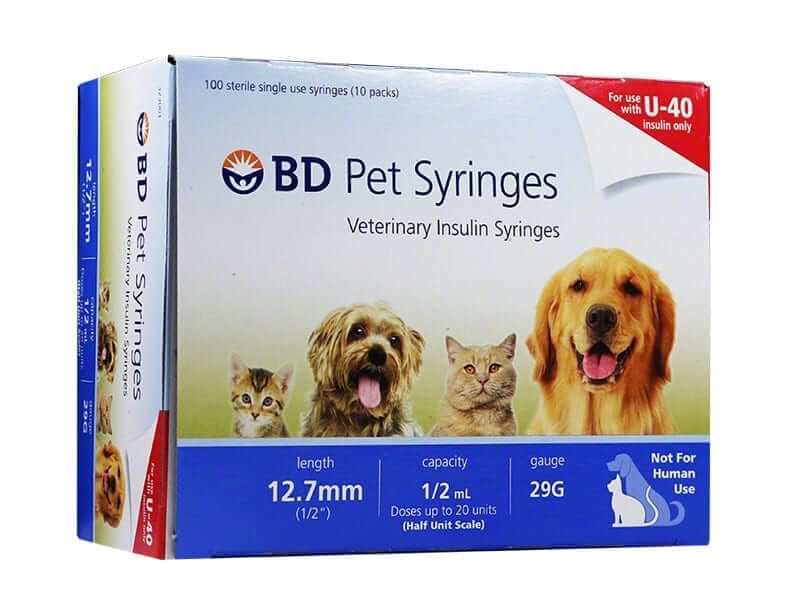
BD pet insulin syringes are only to be used with U-40 insulin. The syringe barrel’s inner diameter and the markings on the outside of the barrel have been designed to allow for a precise injection each and every time. It is not advisable to use anything except for U-40 insulin with these syringes. The use of U-100 insulin and the incorrect syringe could result in the incorrect dosing of insulin and ultimately it could harm your pet.
Understanding Pet Diabetes
Special products, such as the innovative BD U-40 Pet Insulin Syringe 29G 3/10cc 1/2” with half unit markings 100/bx, make it easier to treat pet diabetes. It is also important to understand the basics about pet diabetes. Remember to run periodic blood glucose curves. There are often no signs of low blood sugar until it gets severe. Watch for weakness that may indicate low blood sugar. Extreme thirst could mean your pet’s blood glucose is too high. Some pets with diabetes do not produce insulin. Others produce it but have insulin resistance or they may not produce enough insulin to regulate the body’s sugar. For these reasons, the proper administration of insulin is crucial for your pet to be healthy and happy. Monitoring blood glucose levels can also alert your veterinarian as to when a change in the dose of insulin might be needed. Talk to your veterinarian about high and low blood sugar levels and what you can do to help your pet in an emergency.
Contact ADW today to find out more about the new line of BD pet insulin syringes and how these syringes can help you take better care of your diabetic cat or dog. As always, you should speak with your own veterinarian to decide what syringe is best for your pet.
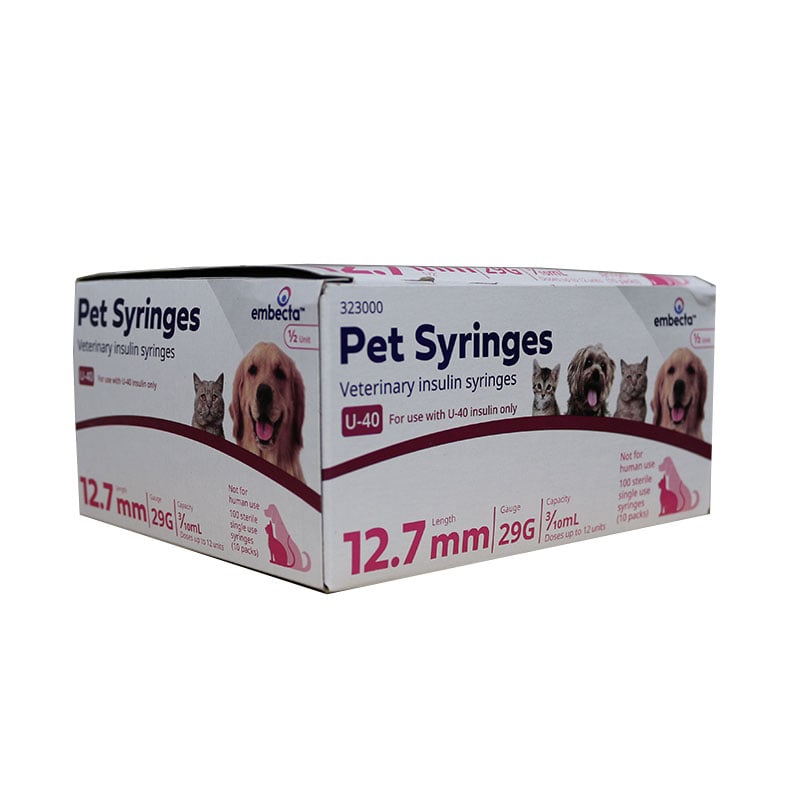



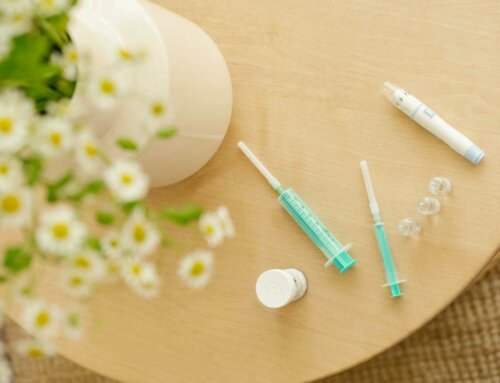
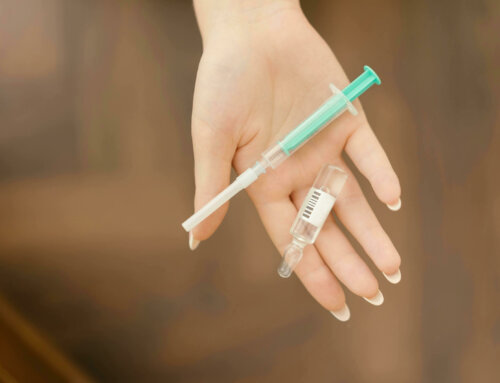




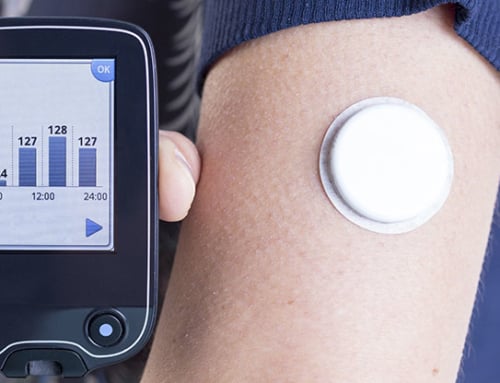


This makes no sense. There are no options for needle size in a U40 syringe.
Is there a Pet syringe U40 with 31 gauge needle, 1/4″? Thank you!
Did you ever get an answer to your question for a 1/4” 31 gauge needle?